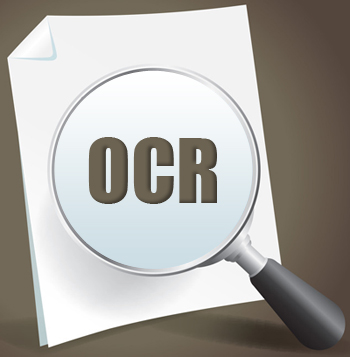 Mortgage businesses produce a large volume of paper documents like loan applications, forms, and legal letters on a daily basis. Documents, especially those of a legal nature, need to be processed and managed for the whole life cycle of a loan. Paper documents converted to digital format make digital processing and data extraction much easier.
Mortgage businesses produce a large volume of paper documents like loan applications, forms, and legal letters on a daily basis. Documents, especially those of a legal nature, need to be processed and managed for the whole life cycle of a loan. Paper documents converted to digital format make digital processing and data extraction much easier.
Using OCR technology to improve the efficiency of data processing is not new to the mortgage industry. Many firms use the technology to extract data from scanned images and convert them into a compatible format that can be easily processed. OCR is seen as the solution to identify and collect the data necessary to verify mortgage loan quality.
The use of OCR by mortgage firms offers many advantages:
- Avoids the issues associated with manual entry and processing
- Reduces paper work
- Saves time
- Captures data with high degree of accuracy
- Fast method of converting typed information into editable text
- Easily searchable documents
- A flexible software
Challenges of OCR Technology
Though OCR technology many advantages, it is not free from pitfalls. It may work well for individual documents, but may not be effective for mortgage files which contain thousands of documents and forms. According to a recent report, some the lenders are often disappointed with its performance and return to the manual approach, even after spending millions of dollars to implement it. Using the technology could prove quite complex when one or more pages from one document are inadvertently placed in the middle of another or when there are multiple versions of the same document.
The article provides the example to illustrate the point. Take a bank statement that has eight pages followed by the uniform residential loan application. While processing, it can be misidentified as a bank statement with nine pages that includes the first page of the loan application. As OCR would fail to identify the page appropriately, the file would end up marked as missing the mortgage application.
However, the technology can be made to operate at full potential and generate the expected efficiencies by adopting the right approach.
Tips to overcome OCR Challenges in Lending Processes
- An automated workflow and data-integrity model that supports their processes can help in address the challenges that lenders face. This would provide them with a means to verify results and continuously test data.
- With such advanced workflow capabilities, lenders can make changes to ensure that low confidence documents or data elements are routed for testing so that errors do not recur. They would gain the ability to verify and recheck data.
- Implementing quality checks and proofreading at specific points can reduce the number of OCR errors. Here, data is validated and compared side by side against the same data element captured from multiple documents in the loan file. This allows data to be viewed in high-definition, which would allow quick and efficient inspection of key elements to identify problems in the file.
In short, by monitoring and analyzing the results, error trends can be identified and the technology can be "trained" and improved on a continuous basis.
To tap the full benefits of OCR technology, most mortgage companies prefer to outsource their document conversion task to a professional service provider. With a skilled team and advanced tools, the right BPO company can provide the answer to efficient mortgage processing and management.



